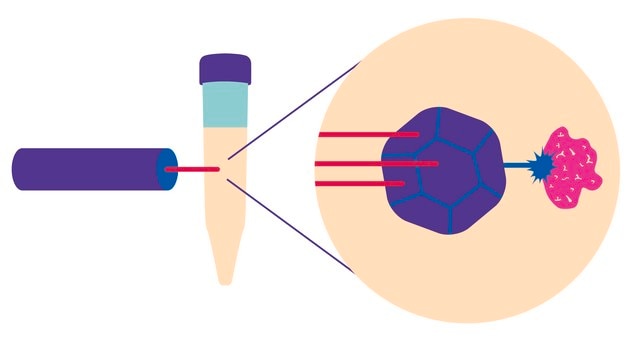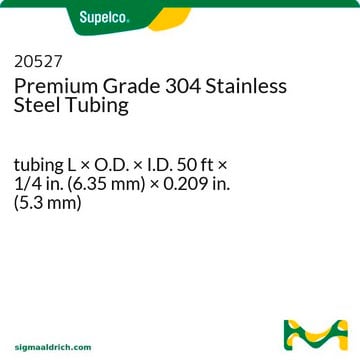About This Item
Recommended Products
grade
SAJ first grade
Assay
≥99.0%
availability
available only in Japan
refractive index
n20/D 1.558 (lit.)
bp
175-176 °C (lit.)
mp
8 °C (lit.)
density
1.241 g/mL at 25 °C (lit.)
SMILES string
Oc1ccccc1Cl
InChI
1S/C6H5ClO/c7-5-3-1-2-4-6(5)8/h1-4,8H
InChI key
ISPYQTSUDJAMAB-UHFFFAOYSA-N
Looking for similar products? Visit Product Comparison Guide
Signal Word
Danger
Hazard Statements
Precautionary Statements
Hazard Classifications
Acute Tox. 4 Dermal - Acute Tox. 4 Inhalation - Acute Tox. 4 Oral - Aquatic Chronic 2 - Eye Dam. 1 - Skin Corr. 1B
Storage Class Code
6.1C - Combustible acute toxic Cat.3 / toxic compounds or compounds which causing chronic effects
WGK
WGK 2
Flash Point(F)
147.2 °F - closed cup
Flash Point(C)
64.0 °C - closed cup
Personal Protective Equipment
Choose from one of the most recent versions:
Already Own This Product?
Find documentation for the products that you have recently purchased in the Document Library.
Our team of scientists has experience in all areas of research including Life Science, Material Science, Chemical Synthesis, Chromatography, Analytical and many others.
Contact Technical Service![ALLYL[TRIS(DIMETHYLAMINO)]PHOSPHONIUM BROMIDE AldrichCPR](/deepweb/assets/sigmaaldrich/product/structures/131/054/d25d022f-0999-415b-b1dc-bcb2bdade97d/640/d25d022f-0999-415b-b1dc-bcb2bdade97d.png)











